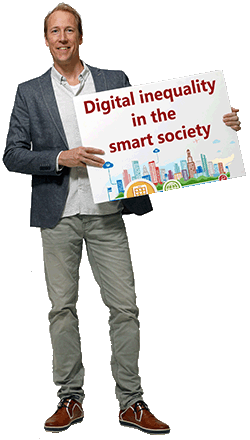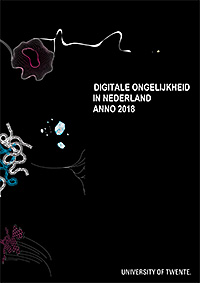Content
Discourses around digital divides typically refer to socio-economic inequalities in access to and use of information and communication technologies. The assumption is that use of such technologies, particularly the Internet, might result in several beneficial outcomes and that non-use excludes people from full participation in contemporary society. The original conceptualization of the digital divide was simplistic; it merely considered a binary distinction of having or not having an Internet connection. Discrepancies were then attributed to differences in economic capital. In other words, you either had the financial resources to get a connection or you did not. In the past decade, digital divide discussions have moved from discussions of use or non-use, to a more nuanced recognition of different types of uses of the Internet alongside other factors such as motivation and skills that centres around digital inclusion and inequality (e.g., van Dijk, 2005; Witte & Mannon, 2010; Zillien & Hargittai, 2009). However, there remain challenges in measurement and conceptualisation.
In 2014, the authors of this report began a project with the main objective to develop theoretically informed measures that can be used to explain how people use the Internet, the skills they have to use the Internet and what the benefits might be; and how these three areas relate. The focus of this report is on the first of these three aspects, that is, measurement of Internet uses. A considerable body of research exists in this area but it is somewhat limited in the theoretical framing used to guide the development of the items. For reports and details of the measures used for the skills and outcomes components of the survey and how they relate please see the project website.
In this report, we propose a theoretically grounded survey instrument to measure varying types of Internet use, guided by the Corresponding Fields Model of digital inclusion (Heslper, 2012). We welcome other research teams to use these measures and to contribute to their continued refinement.






